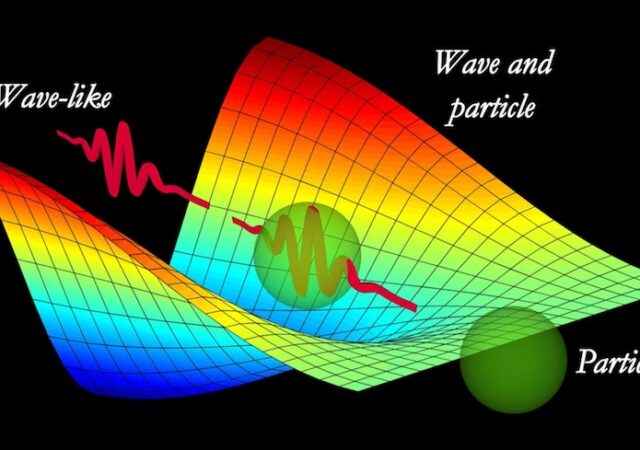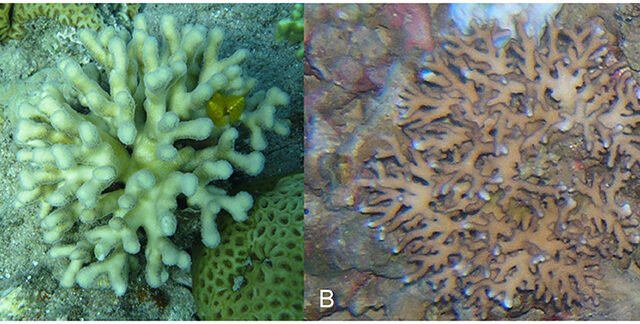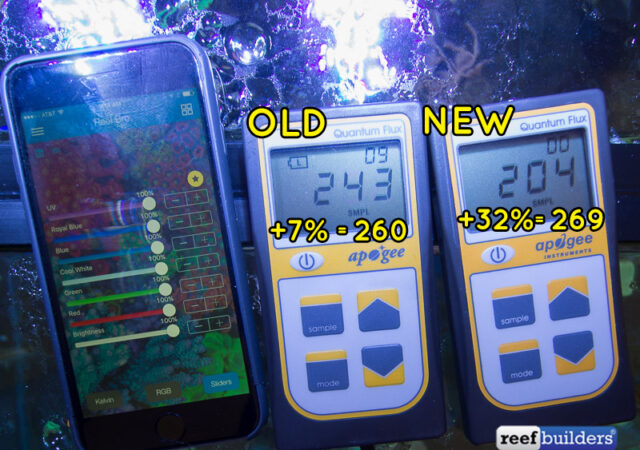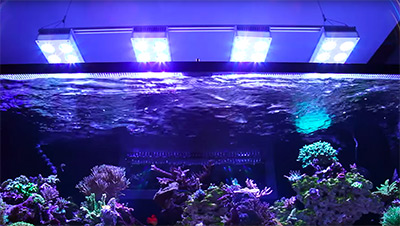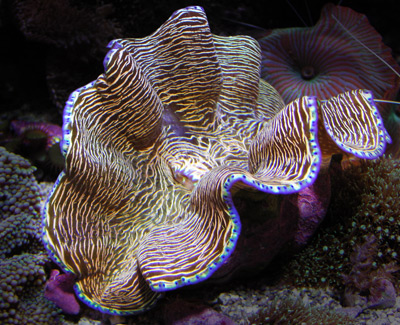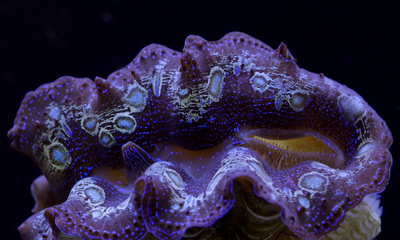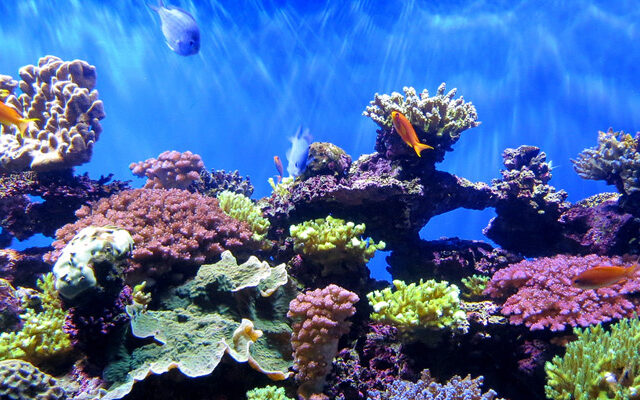I can clearly remember a time when understanding light on our aquariums was more like trying to wrap your head around alchemy than actual science. We discussed light in number of tubes, watts per gallons, and trichromatic, actinic and daylight…
A new way to photosynthesize discovered in mesophotic coral, Stylophora pistillata
A new study published in the journal Frontiers in Marine Science found that photosynthetic algae in corals which inhabit mesophotic reefs have a never-before seen adaptation to life in the twilight zone. Researchers found that the Symbiodinium spp. algae responsible for powering photosynthesis…
Underwater PAR Measurement is Strongly Impacted by ‘Immersion Effect’
Apogee released their newest PAR light meter, the MQ-500 earlier this year with a brand new and improved light sensor. The improvements to the sensor of the Apogee MQ-500 increased the accuracy of this PAR meter across across the visible wavelengths…
The Deep Dive on Reef Aquarium Lighting, Part 1: Zooxanthellae, Color Temperature, and Light Intensity
Lighting is important because it directly affects how we visually enjoy the hobby and, more importantly, the vast majority of the corals in our tanks are photosynthetic. In this two-part article, we will first cover some of the basics of…
Tridacna derasa: A Good Excuse to Clam Up!
Of all the Tridacna spp. clams available to hobbyists, perhaps the hardiest and easiest to maintain of them all is Tridacna derasa, the so-called smooth giant clam. This species is so smooth, in fact, that amorous, gold-chain-wearing male specimens have…
Tridacna Clams in Reef Aquariums
Giant clams of the genus Tridacna are popular mollusks for reef aquariums. Oftentimes, people unfamiliar with the ocean are familiar only with the shells of clams. Their true beauty, however, can only be realized when they are living and healthy,…
High technology being used to tease out the details of coral biology
If you’ve ever wondered how a coral works, how it really works in terms that are analogous to a machine, it all boils down to respiration and photosynthesis. Both R & P can be evaluated by measuring oxygen levels, but…
Chlorophyll F, a newly discovered photosynthetic pigment uses infrared light
Chlorophyll F is a photosynthetic pigment which is able to capture light energy in the infrared spectrum. Chlorophyll F has an absorption peak of 706 nanometers, a segment of light which was previously considered to weak to drive photosynthesis. The…


